OPPO, vivo, Huawei, Honor: The Rise of Proprietary Imaging Brands
![]() 04/08 2025
04/08 2025
![]() 864
864
Even OPPO, known for its distinctive design, is venturing into the realm of proprietary imaging brands.
On April 2, OPPO unveiled its new imaging technology brand, "LUMO Imaging," describing it as a significant milestone in mobile imaging. This technology will debut on the upcoming OPPO Find X8s and Find X8 Ultra. This scenario feels somewhat reminiscent of Huawei's Red Autumn and vivo's Blueprint Imaging initiatives from previous years. But have these efforts truly delivered results? Is OPPO's new imaging brand merely a marketing tactic or a tangible technological advancement? Let's delve into Lei Tech's analysis.
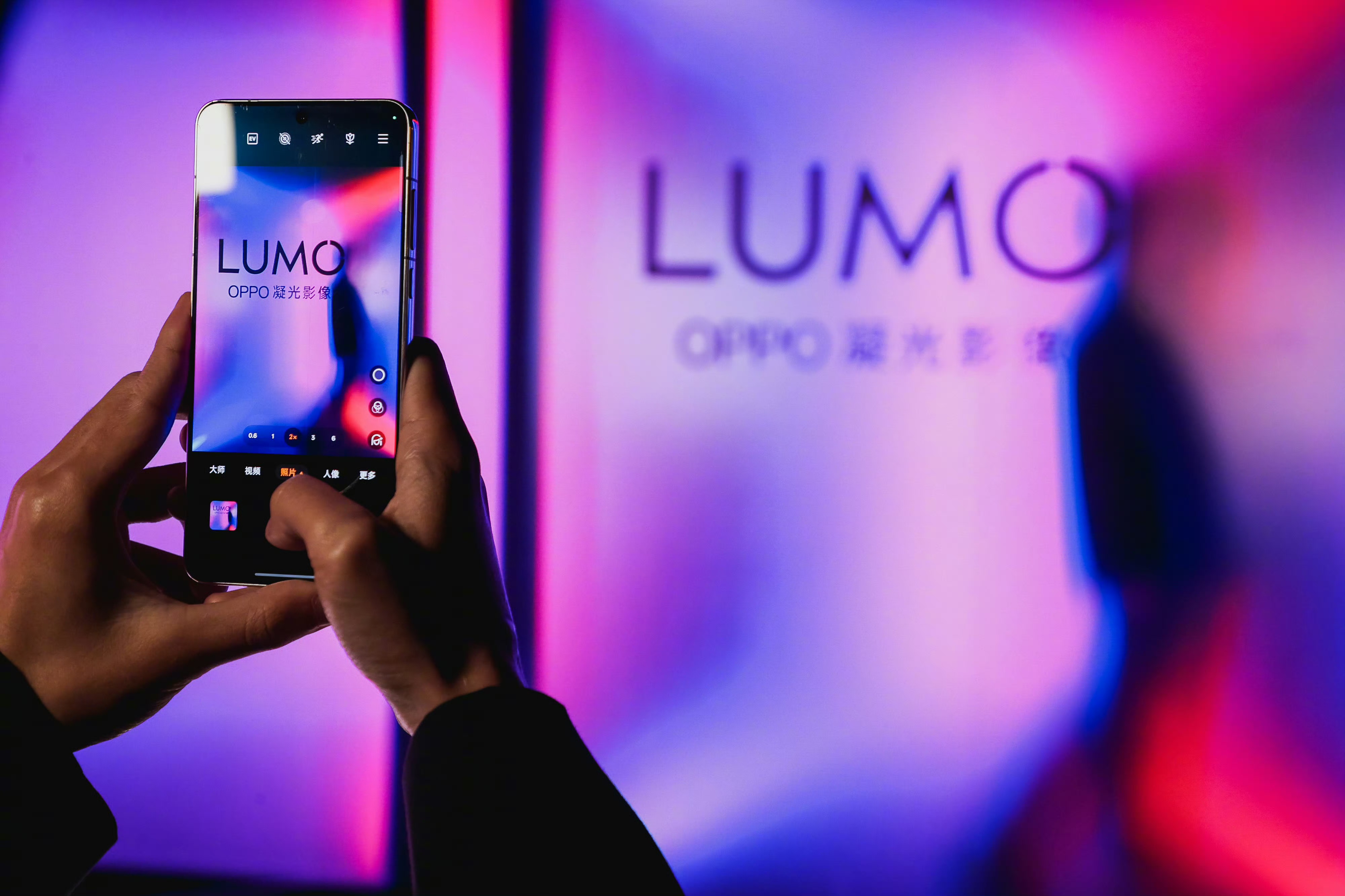
(Image source: OPPO Official)
Proprietary Imaging Brands vs. Co-branded Camera Brands: Each Has Its Role
Many readers may be puzzled. Didn't OPPO and vivo already collaborate with Hasselblad and Zeiss? Why launch a separate imaging brand? Won't this clash with co-branded promotional plans?
In fact, the promotional directions and target audiences of these two approaches are vastly different. Take OPPO's newly announced LUMO Imaging as an example. It's a new imaging processing system comprising the Ultra-Light-Sensing Computational Optics System, Danxia True Color Lens, and Full-Chain True Color ProXDR, primarily applied to the pre-imaging phase of photography.
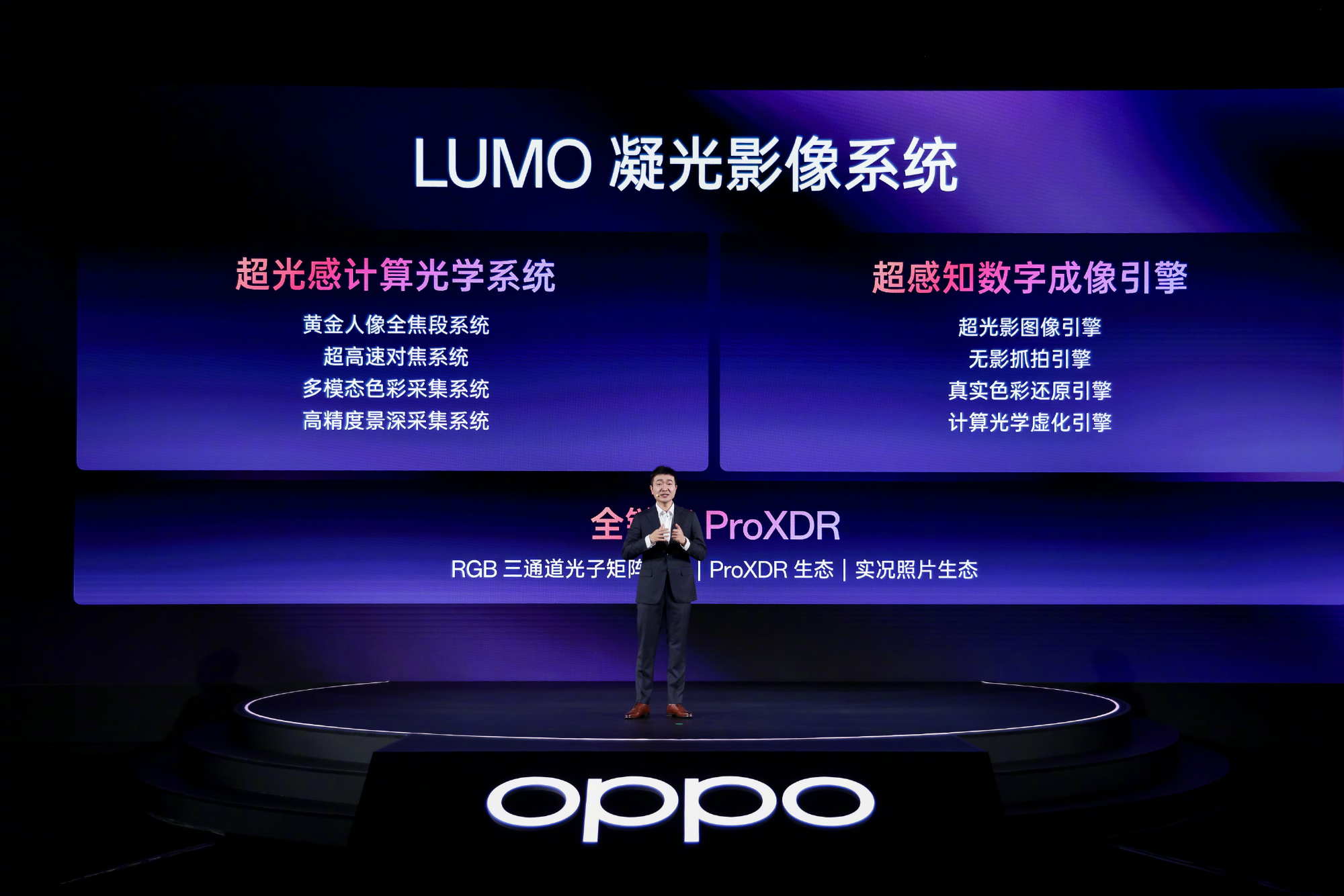
(Image source: OPPO Official)
For instance, the Danxia True Color Lens, although Lei Tech isn't clear if its technical principles align with Huawei's Red Autumn, hints at restoring colors akin to what we see with our naked eyes. Another example is the Ultra-Light-Sensing Computational Optics System, which enhances light processing capabilities for more realistic color representation.
vivo's Blueprint Imaging is similar, leveraging self-developed algorithms, customized hardware, and algorithmic matrices to enhance pre-imaging quality.
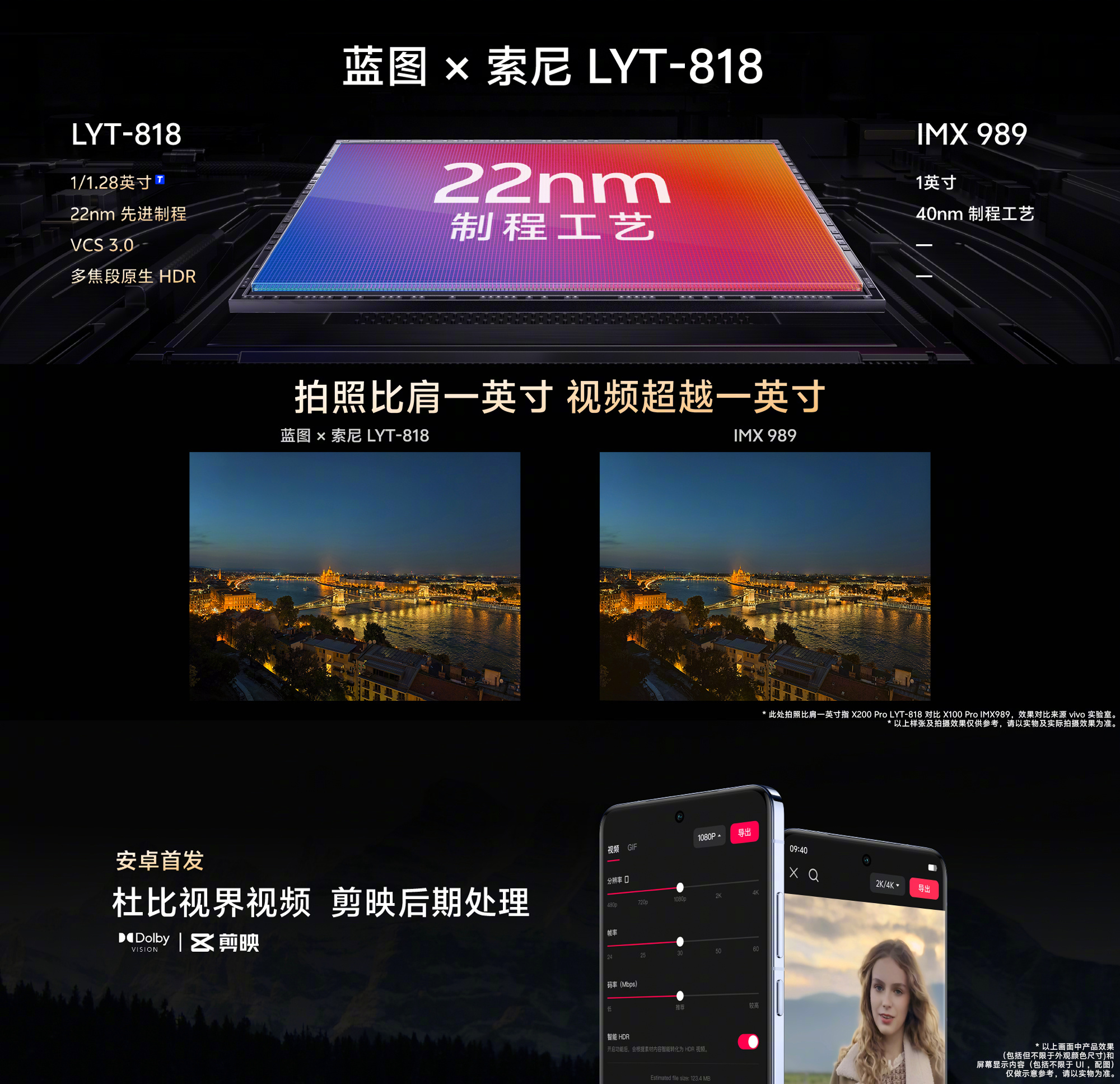
(Image source: vivo Official)
On the other hand, co-branded camera brands focus on post-processing. In professional photography, post-processing is crucial. Skilled photo editing techniques and good image tolerance can transform a mediocre photo into a masterpiece. However, most users skip post-processing when taking phone photos; at most, they add a filter or change the watermark style before sharing on social media.
Co-branding with camera brands is essentially a shortcut for "overtaking on curves," leveraging years of accumulated technology to boost smartphones' post-processing capabilities. In the film era, the so-called film feel originated from lenses, lens coatings, filters, and films. In the digital imaging era, manufacturers transformed these hardware-induced parameter changes into algorithms, creating unique image tones.

(Image source: Lei Tech Photography)
By collaborating with established camera brands, smartphone manufacturers ensure tight integration between software algorithms and phone hardware, especially the camera module. This integration not only improves color correction efficiency but also ensures color consistency throughout the entire image processing workflow.
Enabling users to capture "flavored" videos is a step forward, but if image performance can be enhanced solely through color grading and image tones, smartphone camera teams would have it too easy.
Thus, how to complete most of the image processing on smartphones in the early stages has become the next focus for manufacturers. Besides basic sensor calibration, software algorithms are also pivotal.
OPPO's newly launched brand, besides its marketing effects, signals to consumers that OPPO has been diligently working on imaging and has indeed achieved results.
Moreover, co-branding with camera brands is a double-edged sword for smartphone manufacturers. Many Lei Tech friends buy OPPO or Xiaomi phones because of their collaborations with Hasselblad and Leica, boosting sales. However, it also means that significant investments in algorithms and hardware tuning by manufacturers are overshadowed by the Hasselblad and Leica brands.
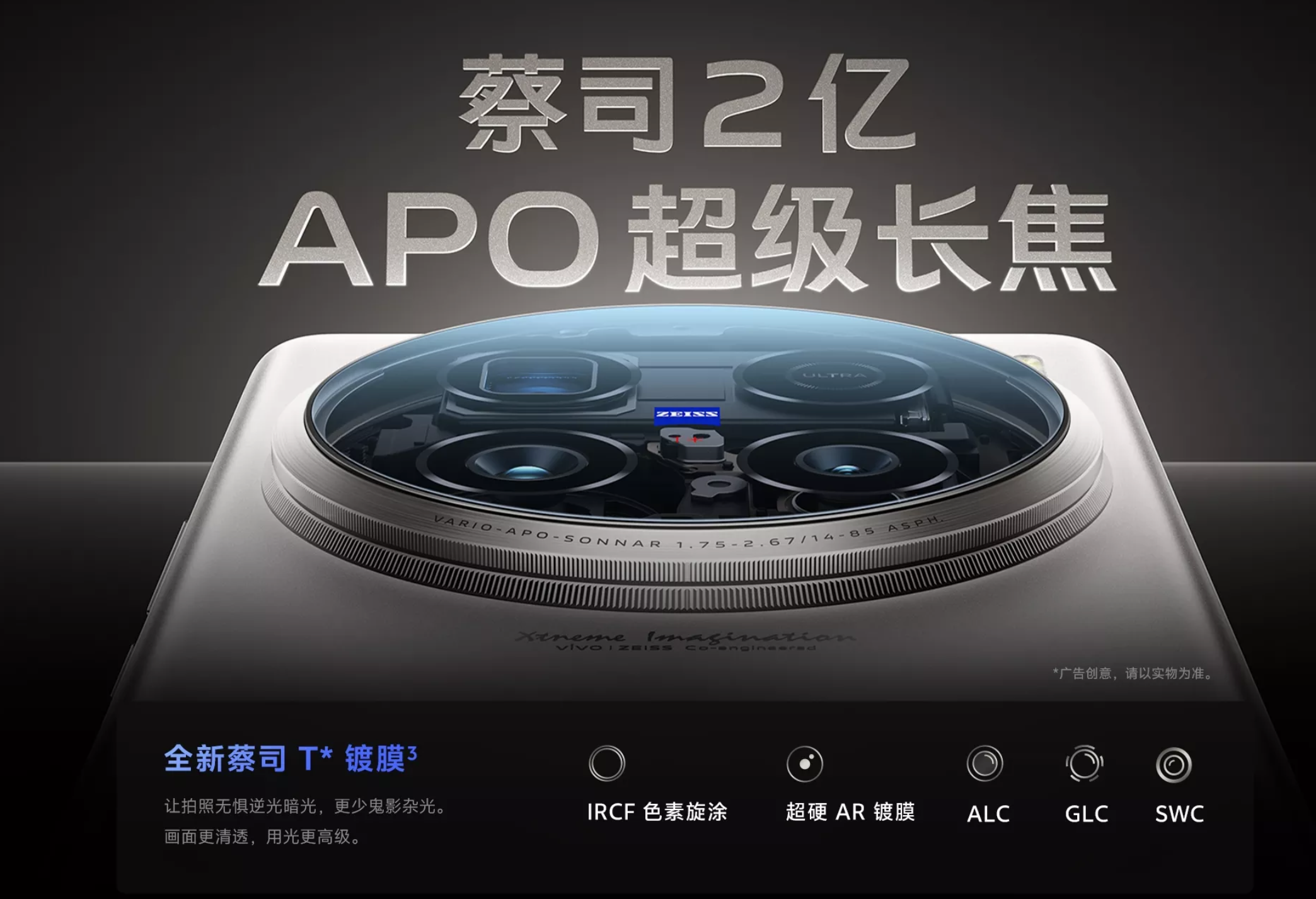
(Image source: vivo Official)
The purpose of co-branding with camera manufacturers isn't just marketing; it's also about learning from each other's strengths to enhance the user's photography experience.
Although Lei Tech hesitates to admit it, traditional professional imaging is rapidly being eroded by mobile imaging. Although those traditional imaging brands still have much to teach in terms of optical quality and color science, their contribution to mobile imaging isn't as significant as before. Lei Tech believes that once users fully recognize smartphone manufacturers' imaging capabilities, camera co-branding will fade, as Huawei has already downplayed its previous imaging co-branding strategy.
Proprietary Imaging Brands: A Blend of Marketing and Mobile Imaging Strategies
With OPPO, there are now four smartphone manufacturers with proprietary imaging brands, each focusing on a different direction:
Huawei's XMAGE relies on its years of refined RYYB sensor technology to emphasize "true colors" and stylized imaging.
vivo's Blueprint focuses on depth-of-field blur, color science for portraits, and video recording specifications, tuned jointly with Zeiss.
Honor's AIMAGE optimizes sensor dynamic range and detail capture through AI scene perception and multi-camera fusion technology, emphasizing versatile shooting scenarios.
OPPO's LUMO Imaging focuses on the portrait segment, creating a differentiated experience through software and hardware integration.
Attentive readers may notice Xiaomi's absence from this list. Xiaomi seems more focused on hardware innovation. For example, the Xiaomi 12S Ultra introduced the concept of external camera lenses, the Xiaomi 14 Ultra presented the AISP engine, and the modular optical system exhibited at MWC represents a different approach.
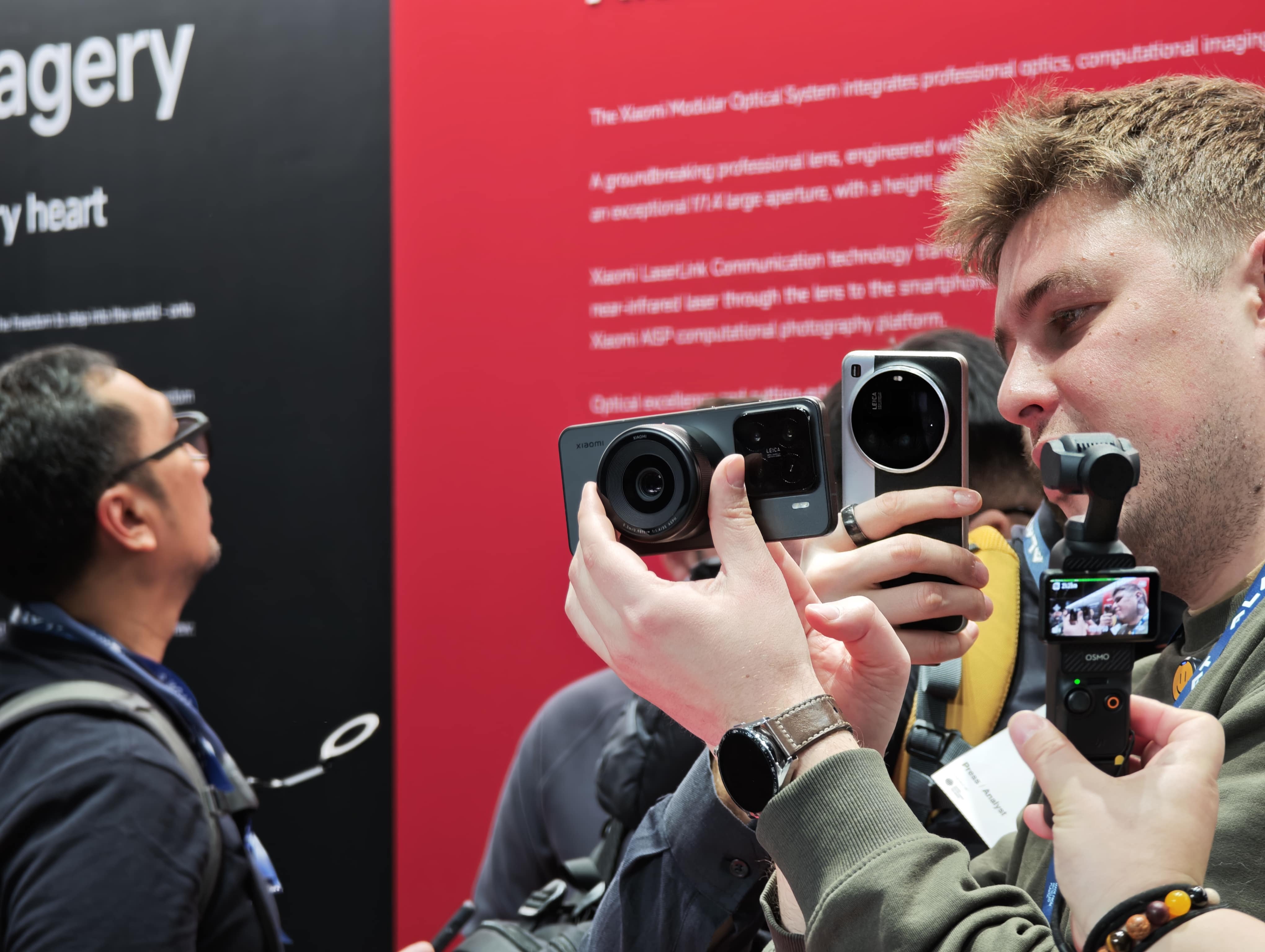
(Image source: Lei Tech Photography)
Lei Tech believes that domestic smartphone imaging brands will exhibit two development trends:
First, technology-oriented: Huawei XMAGE and OPPO LUMO represent the dual-wheel drive of "optics + algorithms," while vivo Blueprint and Honor AIMAGE focus on AI and scene optimization. Xiaomi may carve a new path with "modular hardware + open ecosystem."
Second, promoting ecosystem upgrades: In the future, imaging brands will become new ecosystem entry points. For instance, Xiaomi's modular system may open third-party lens interfaces to build an open ecosystem akin to camera mounts. OPPO and vivo may also open access to algorithms or application channels to third parties.
Have you noticed our mobile photography requirements gradually shifting from "zooming in to count hairs" and "taking bright night photos like during the day" to "preferring photos with enduring color tones," "reasonable and moderate portrait beautification algorithms," and "not having too heavy a digital flavor in photos"? Last year's heated discussion on "image tones" clearly demonstrates this shift.
With the help of algorithms, HDR capabilities, and even AI and large model capabilities, mobile imaging has carved its own path distinct from professional cameras.
Smartphone manufacturers' launch of new imaging brands is a manifestation of the "specialization of mass products."
New imaging brands aren't just a technical solution integration but also a crucial step for manufacturers to break stereotypes of being "cost-effective" or "not high-end enough," serving as a marketing strategy. Regardless of whether these imaging brands innovate, as long as they make users aware of their origins, they've succeeded.
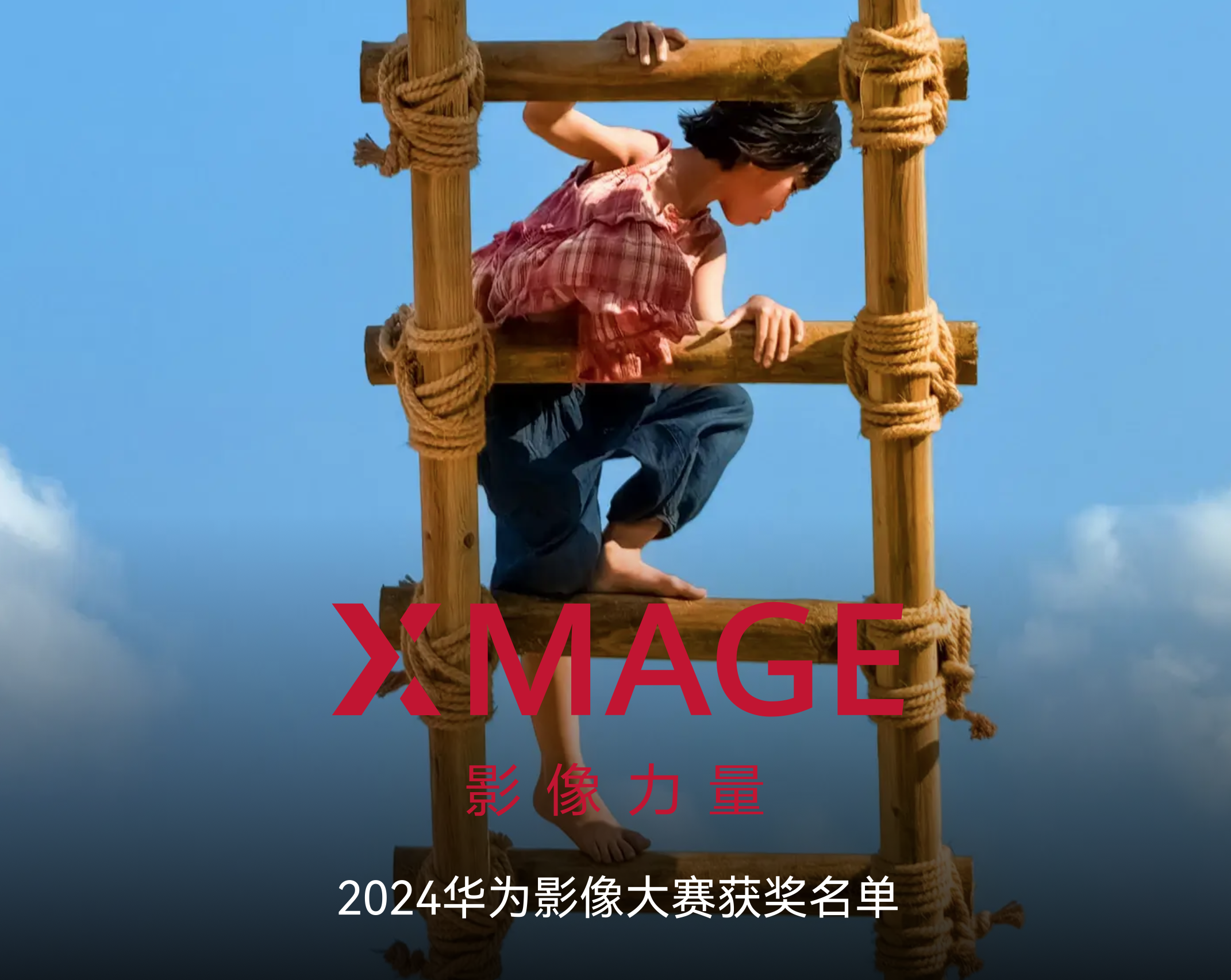
(Image source: Huawei Official Website)
In this regard, vivo's Blueprint Imaging naming is clever, easily associating the "blue" in "Blueprint" with vivo, known as the "blue factory." In contrast, other manufacturers' naming conventions (XMAGE, LUMO, AIMAGE) are somewhat confusing.
"Simplifying Complexity" Is the Eternal Theme of Mobile Imaging
Imaging technology's rapid development has made many functional concepts complex and daunting. Nowadays, most users lack patience for learning and care most about taking good photos quickly and simply. This is why today's best-selling cameras aren't the most advanced full-frame cameras but older CCD digital cameras and disposable film cameras. On platforms like Xiaohongshu, simpler professional cameras have sparked a nostalgia and retro fashion trend, with Ricoh and Fujifilm, whose image quality isn't outstanding, becoming popular for the same reason.
In other words, the future of mobile imaging isn't just about introducing advanced technology but also "hiding" technical principles and focusing on helping users take the photos they need, one after another. This is what Lei Tech has been discussing: "specialization of mass products and popularization of professional technology."
Manufacturers' simultaneous launch of proprietary imaging brands also responds to the "popularization of professional technology." Each imaging brand, be it Huawei XMAGE, vivo Blueprint, Honor AIMAGE, or OPPO LUMO Imaging, is a collection of imaging technologies. Complex for ordinary users, smartphone manufacturers package these technologies into a conceptual brand for marketing, simultaneously "simplifying complexity" in corresponding imaging technology operations, allowing users to take good photos more easily. This is also the ultimate goal of smartphone manufacturers' continuous evolution in imaging.







